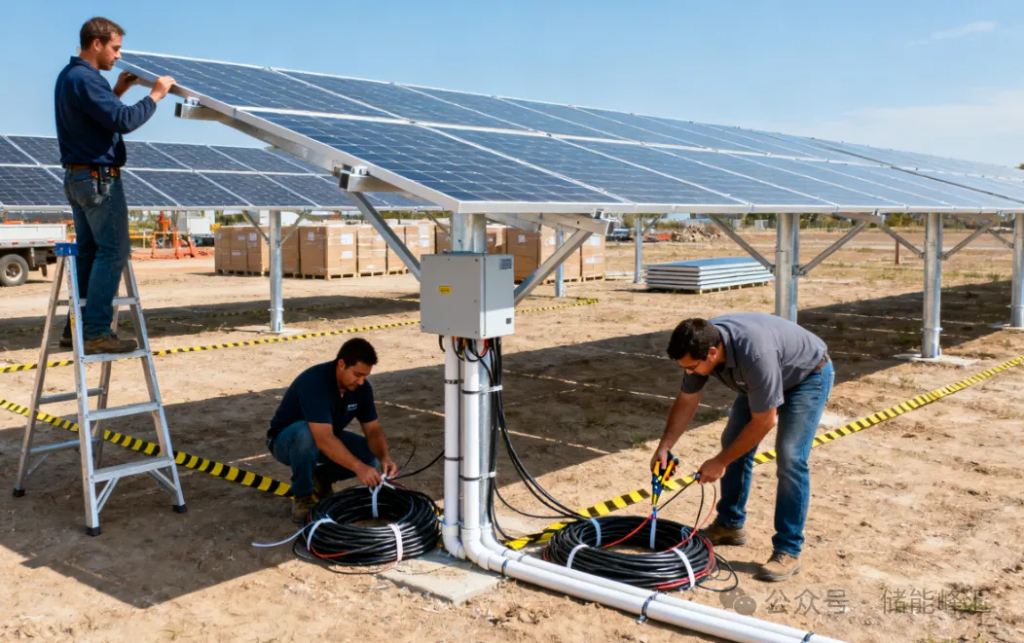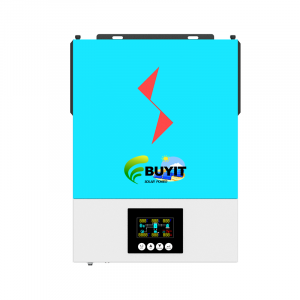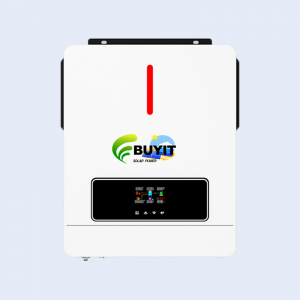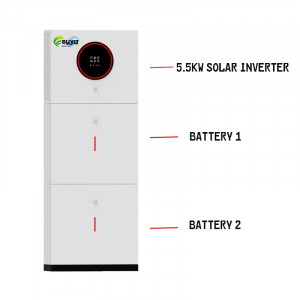
Can photovoltaic panels be used in series and parallel at will?

Photovoltaic panels must be properly connected in series or parallel for efficient and safe operation. The following explains the key points in plain language, without any technical jargon.
First, let’s understand: What exactly do series and parallel connections “accumulate”?
Photovoltaic panels generate “voltage” (like water pressure in a water pipe) and “current” (like water flow rate). Inverters (devices that convert solar energy into household electricity) require compatible “water pressure” and “water flow” to operate. Series and parallel connections are used to adjust these parameters.
Series: Build up enough pressure for the inverter.
Like how a flashlight is brighter with two batteries than with one—connecting several panels end to end adds up the total voltage (e.g., one 40V panel, three in series for 120V), and the current remains essentially unchanged.
Useful scenario: The inverter requires a high starting voltage (e.g., requiring over 100V, a single panel only uses 40V).
Parallel: Build up enough current for the inverter.
Like how watering flowers from two water pipes simultaneously is faster—connecting multiple panels end to end adds up the total current (e.g., one panel for 8A, three panels in parallel for 24A), and the voltage remains essentially unchanged.
Suitable scenarios: The inverter voltage is sufficient, but power generation needs to be increased (e.g., during summer when electricity consumption is high), or the installation location is prone to shadows (single-path shading does not affect others).
Series PV Panels: 4 Things You Must Pay Attention to
The key is to prevent voltage overload and lag in the performance of photovoltaic panels.
- Keep the voltage within the upper limit, especially in winter.
Inverters have a maximum withstand voltage (e.g., 500V), and the total series voltage must never exceed this limit. Furthermore, low temperatures can increase the voltage of photovoltaic panels by 10%-20% (e.g., 40V per panel in summer, 44V in winter).
For example: If the inverter is rated for 500V, 12 modules can be connected in series in summer (40 x 12 = 480V), and a maximum of 11 modules can be connected in series in winter (44 x 11 = 484V).
- Modules must be of the same model and condition; do not mix them.
When connecting panels of different power ratings, brands, or significantly different ages in series, low-performance panels will degrade the overall system (for example, if a 280W old panel is connected to a new 320W panel, the new panel will not deliver full power).
Requirement: Choose panels from the same batch, model, and similar age.
- Ensure proper insulation to prevent electrical leakage.
The total voltage in series can reach several hundred volts. Use dedicated photovoltaic cables (sun- and frost-resistant), install waterproof connectors (to prevent short circuits), and ground the brackets to conduct leakage current to the ground.
- Worried about shadows? Use a “backup channel”
If a single panel is obscured by shadows or dust, it will reduce the efficiency of the entire system and may even burn out (a hot spot effect). Fortunately, photovoltaic panels come with “bypass diodes” at the factory, which automatically turn on when blocked, allowing the current to bypass the blocked panel.
Paralleling PV Panels: Don’t Overthink These 4 Things
The key is to prevent uneven current flow and total current exceeding the limit.
- Ensure the voltages of each branch are consistent to avoid internal friction.
If the voltage deviation between branches exceeds 2%, the high-voltage branch will charge the low-voltage branch, wasting energy.
Requirement: Before paralleling, confirm that the voltages of each branch are consistent (you can use a multimeter to test).
- Do not exceed the total current rating, or the inverter will not be able to handle it.
Inverters have a maximum current rating (e.g., 30A). The total current is the sum of the currents of each branch and must not be exceeded.
For example: If one branch draws 8A and the inverter can handle 30A, you can connect a maximum of three branches (8 x 3 = 24A). Connecting four branches (32A) will cause the inverter to shut down or burn out.
- Ensure that branch lengths are as uniform as possible to ensure uniform current flow.
Longer wires increase resistance and reduce current flow. Large variations in wire length can lead to uneven current flow, reducing efficiency.
Requirement: Cable lengths for each branch should be similar.
- Choose the right inverter for higher efficiency with multiple branches.
For parallel operation of three or more branches, a multi-channel MPPT inverter is preferred. Conventional inverters use a single “regulating switch” to manage multiple branches, making them less efficient. Multi-channel MPPT inverters use a dedicated switch for each branch, ensuring that each branch’s power generation does not affect the others.
For both series and parallel operation: Remember these three “life-saving principles”
- Don’t mix and match components; consistency is paramount.
Don’t mix boards of different power ratings, brands, or both old and new. Low-performance boards will reduce overall efficiency.
- Match inverter parameters to your equipment; don’t overwhelm it.
Calculate the total voltage for series operation and the total current for parallel operation. Ensure both are within the inverter’s tolerance range for efficient power generation.
- Don’t skimp on safety; ensure proper grounding and insulation.
Maintain intact cable insulation, secure waterproof connectors, and ground the bracket (ground resistance ≤ 4Ω) to avoid electric shock and fire.
To summarize:
To start the inverter with a voltage balance: choose series operation, ensuring that the voltage does not exceed the limit and the components are consistent.
To save current for increased power generation or to prevent shadowing: choose parallel operation, ensuring that the branch voltages are consistent and the total current does not exceed the limit.
Whichever method is used, ensuring component matching, parameter adaptation, and safety protection are in place ensures a safe, efficient system and saves on electricity costs.
Want to know more knowleage? follow us or WA: 008613808405352


